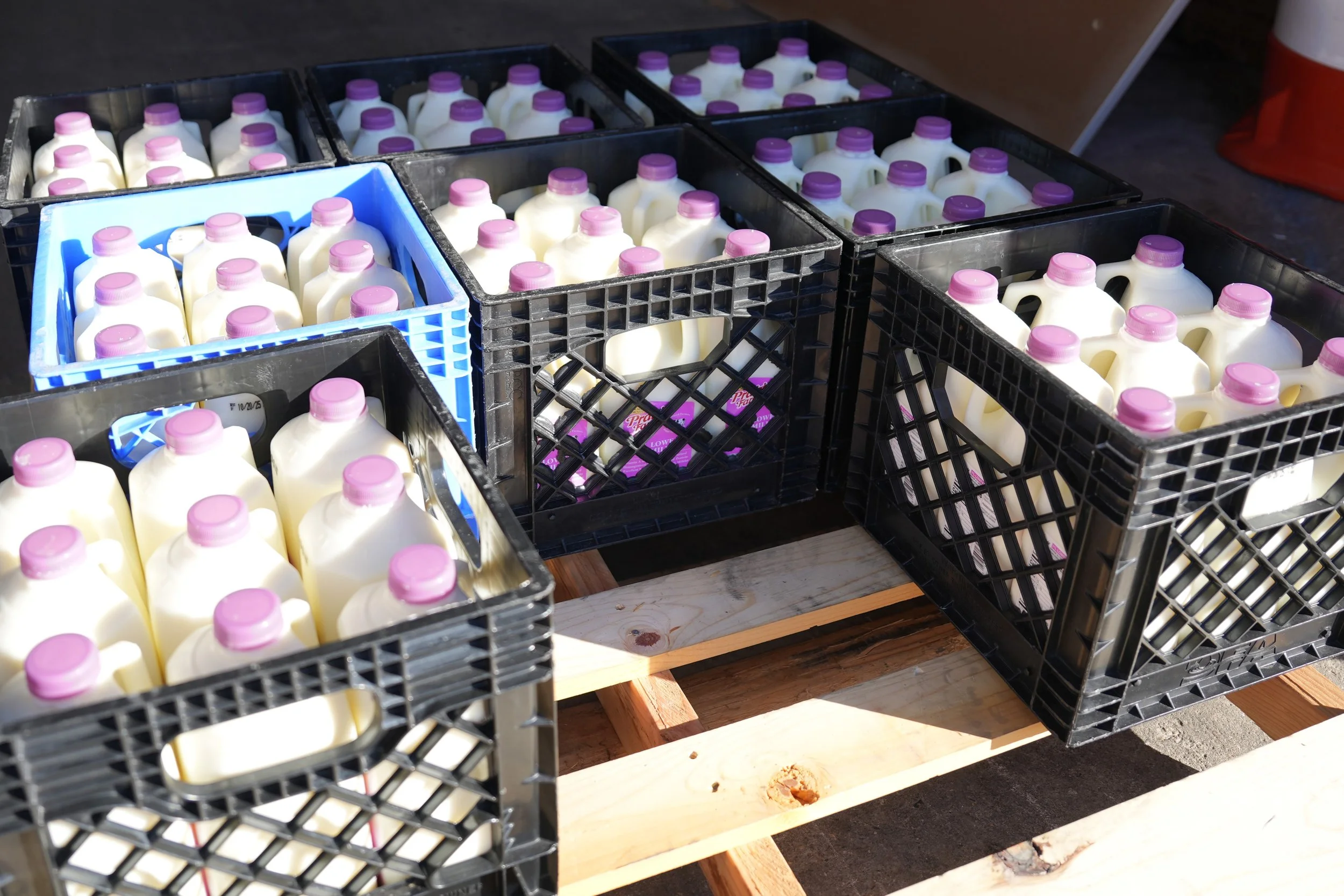Here’s how programs for low-income Minnesotans are affected by the government shutdown
The Women, Infants and Children Program, Energy Assistance Program, Minnesota Family Investment Program and SNAP have faced funding shortfalls and logistical hurdles
Editor’s Note: This information was accurate as of Wednesday morning, Nov. 5. The situation with each program continues to evolve rapidly, and thus, this information may be out of date relatively quickly following publication. Check relevant departments’ websites for the most up-to-date information.
Critical programs for low-income Americans are still in jeopardy as the federal government shutdown stretches into its fifth week.
The Supplemental Nutrition Assistance Program (SNAP) has taken center stage in the conversation about affected programs, but other important programs are also facing funding crises.
Women, Infants, Children Program
The Special Supplemental Nutrition Program for Women, Infants and Children (WIC) provides nutrition education, food and referrals to health and other social services for pregnant women, new mothers, babies and young children. That includes benefits to purchase fresh fruit and vegetables.
The National WIC Association (NWA) was informed on Monday that $450 million in funding is expected to reach the program this week, which will then be distributed to local partners that administer the program.
“While this is a critical step in maintaining WIC services, it’s only a temporary fix. Without a finalized federal appropriation, WIC clinics and families are left in limbo,” an NWA press release states. “NWA warns that this short-term solution does not provide the certainty that millions of American families and their local WIC providers need and deserve.”
In fiscal year 2024, an average of 101,300 low-income women, infants and children up to 5 years old participated monthly in the Minnesota WIC program. In 2023, 37.5% of all infants born in Minnesota participated in WIC.
In Congressional District 7, which includes Moorhead and nearly the entire western portion of Minnesota, there were an average of 16,500 WIC participants per month in 2024, the second most in the state behind Congressional District 4, which includes St. Paul.
Those participants in District 7 spent $14.1 million in local grocery stores utilizing WIC funds.
Low Income Home Energy Assistance Program
Minnesotans utilizing the federally funded Energy Assistance Program, also known as the Low Income Home Energy Assistance Program (LIHEAP), can expect delays in financial assistance, according to the Minnesota Department of Commerce.
The department stated in a news release last week that Minnesota receives its annual LIHEAP funding from the federal government in early November, prior to peak heating season, but due to the government shutdown, those funds have not been sent.
“We are deeply concerned about the potential impact of this funding gap on Minnesota households,” said Commerce Commissioner Grace Arnold. “Every winter, LIHEAP helps keep thousands of families safe and warm. Without this assistance, our most vulnerable residents - including seniors, young children, and people with disabilities — could face serious risks.”
The program is still accepting and processing applications, with 75,000 having already applied for this season.
Minnesota does have Cold Weather Rule protections, which prevent utility providers from shutting off electric or natural gas services between Oct. 1 and April 30. Those protections, however, do not extend to delivered fuels such as oil, propane and wood.
Supplemental Nutrition Assistance Program
On Friday, Oct. 31, two federal judges ruled that the USDA must use roughly $4.6 billion in emergency contingency funds to fund SNAP benefits for November.
On Monday, Nov. 3, it was announced that those funds would be released; however, those emergency funds are only about half of the $8 billion a month required to fund SNAP.
Several logistical hurdles remain, including disbursing the funds, which is hampered by a lack of manpower due to the shutdown, and deciding how much is distributed and to whom.
The Minnesota Department of Children, Youth and Families (DCYF) states on its website that it expects to provide at least partial SNAP and MFIP food benefits in November, but the department is unsure when exactly those funds will be distributed.
According to DCYF, on Tuesday, Nov. 4, USDA issued a memo outlining new guidance for November and directing how benefits will be recalculated to distribute contingency funds. The guidance is not an across-the-board deduction of standard benefits. Instead, the guidance outlines new application processing procedures and includes revised maximum allotment tables. It also states the amount of benefits “shall be calculated by reducing the maximum SNAP allotment to 50% for the applicant’s household size and then deducting 30% of the household’s net income from the reduced maximum allotment amount.”
DCYF stated in an email update that the partial benefit calculation requires “more significant system updates and time for Minnesota and other states to implement, compared to applying a straight percentage reduction to benefit amounts, as was anticipated from the court ruling” on Oct. 31.
Each month, 440,000 Minnesotans access (SNAP) grocery benefits, 36% of which are children and 18% are seniors.
Minnesota Family Investment Program
The Minnesota Family Investment Program (MFIP) benefits include cash and food assistance. MFIP food benefits will not be issued in November until the federal government shutdown ends or the federal government issues further guidance to the state, according to the DCYF website. MFIP cash benefits will be issued as normal.


